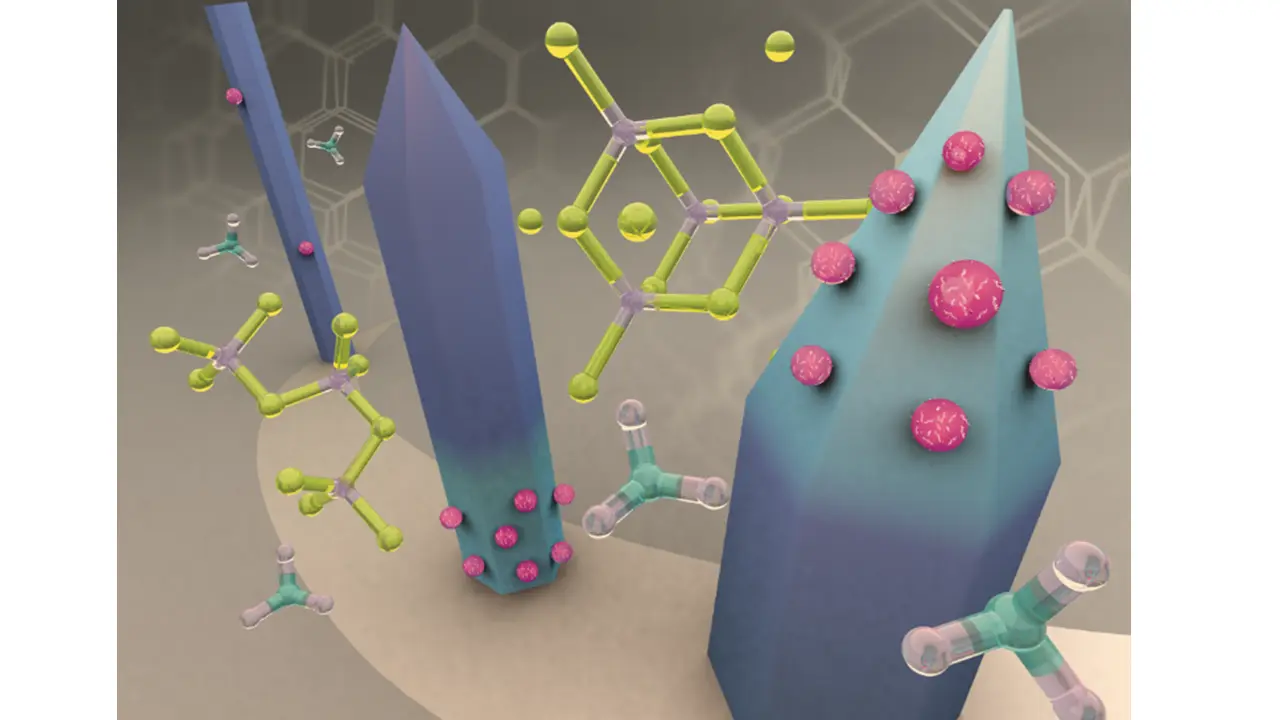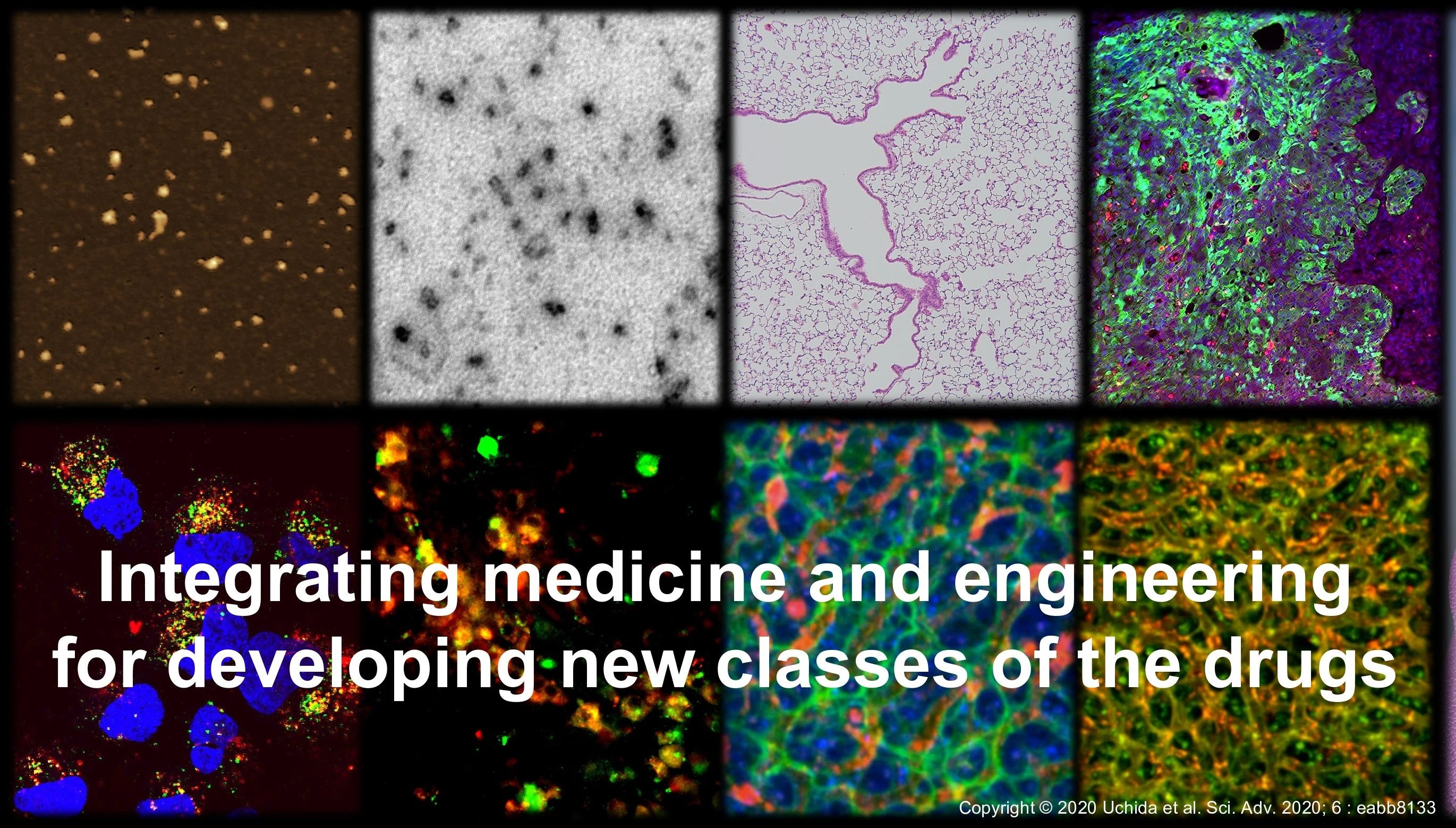Decoding the 2024 Nobel Prize in Physiology or Medicine: The Story of Tiny RNA in Tiny Creatures
The 2024 Nobel Prize in Physiology or Medicine was awarded to Professor Victor Ambros of the University of Massachusetts and Professor Gary Ruvkun of Harvard University for their discovery of microRNA (miRNA), a tiny molecule that plays a crucial role in gene regulation. To explore their groundbreaking achievements, we spoke with Professor Hiroshi Asahara of the Graduate School of Medical and Dental Sciences, a researcher of miRNA and a close colleague of Professor Ambros.
Could you explain the reason behind the 2024 Nobel Prize in Physiology or Medicine?
Asahara
Let me begin by briefly explaining RNA (ribonucleic acid) and DNA (deoxyribonucleic acid). Our bodies are composed of various organs such as the heart, skin, and bones, all of which are made up of countless cells. Within each cell is a nucleus, and inside the nucleus are molecules called DNA, which store the genetic information necessary for producing proteins—the building blocks of our body. This genetic information is transcribed into a molecule called messenger RNA (mRNA) within the nucleus, and the mRNA carries the information outside the nucleus, where proteins are synthesized. This process is called the central dogma, which is the fundamental mechanism by which genetic information in DNA leads to biological activity.
The study of DNA and RNA has long been celebrated with numerous Nobel Prizes in Physiology or Medicine. For instance, Dr. James Watson, Dr. Francis Crick, and Dr. Maurice Wilkins were awarded the prize in 1962 for their discovery of DNA's double-helix structure. Dr. François Jacob and Dr. Jacques Monod received the prize in 1965 for uncovering the mechanisms of gene expression*1 and regulation.

These groundbreaking discoveries led many to believe that most of the mysteries surrounding DNA and RNA had been solved. However, in 1993, an intriguing revelation reshaped this perception. Professor Victor Ambros and his colleagues identified a molecule called microRNA (miRNA) in a tiny one-millimeter-long organism known as Caenorhabditis elegans. They discovered that miRNA is in not only present in C. elegans but also in in a wide range of multicellular organisms, including humans. Remarkably, miRNA regulates genes and plays a critical role in determining the timing of cell and tissue development. This discovery revolutionized the fields of life sciences and medicine, earning Professor Ambros and his collaborators the Nobel Prize in Physiology or Medicine for their extraordinary achievement.
Could you elaborate on the discovery of miRNA and subsequent research?
Asahara
Professors Ambros and Ruvkun conducted pioneering studies on the development of organisms from fertilized eggs to mature organisms using C. elegans, a tiny organism just 1 millimeter in size. In 1993, Professor Ambros made a groundbreaking discovery involving the lin-4*2 gene in C. elegans, which produces a very small RNA molecule. But contrary to the idea that RNA translates into protein, this RNA did not translate into a protein. Instead, it remained an RNA, making it unique, and he named it microRNA (miRNA), because of its small size.
Meanwhile, Professor Ruvkun elucidated the role of lin-4, discovering that the miRNA produced by lin-4 binds to mRNA, which carries genetic information, and inhibits protein synthesis.

Asahara
Initially, this discovery didn’t attract much attention, as many researchers believed it was a peculiar function unique to C. elegans. However, in 2000, Professor Ruvkun identified another miRNA called let-7*3 in C. elegans. He demonstrated that let-7 is not only present in C. elegans but also in a wide range of multicellular organisms, including humans, where it regulates genes and controls the timing of cell and tissue development.
This breakthrough sparked a surge of interest in miRNAs, leading to the discovery of hundreds within just a few years. Scientists revealed that the regulation of post-transcriptional gene expression by miRNAs is a conserved mechanism, present from organisms ranging from small ones like C. elegans to mammals.
Although miRNAs and C. elegans are small, I would say, “It’s NOT a small world!” I find great romance in the grand story of life that unfolds through these tiny RNAs.
You’ve also made significant contributions to miRNA research, haven’t you?
Asahara The discovery of miRNA has led to groundbreaking advancements not only in life sciences but also in medicine. For example, our research group focused on cartilage specific miRNA, miRNA-140, which is located within introns*4, and discovered that this miRNA plays a crucial role in skull formation. We also revealed that it helps suppress aging.

We aim to apply our understanding of miRNAs in the field of medicine. Recently, the development of DNA- or RNA-based drugs has gained global attention, particularly the use of miRNAs to block expression of genes that cause diseases. Our current goal is to leverage these findings in medical applications. Nucleic acid-based drugs including those involving miRNA, are flourishing worldwide, with many already commercialized. We anticipate that the discovery of new miRNAs will drive the development of even more innovative medicines.
At Institute of Science Tokyo, many laboratories, including ours, are actively conducting miRNA research. We encourage anyone interested to join us in this exciting field.
Terms
- *1
- Gene expression refers to the process by which cells use the instructions encoded in DNA—the "blueprint of the body"—to produce mRNAs. These mRNAs then direct the synthesis of proteins required by each cell.
- *2
- lin-4 is a gene in C. elegans named with the prefix “lin” (short for "lineage"), which refers to genes associated with developmental abnormalities in cell lineage. lin-4 was the fourth gene identified in this category.
- *3
- let-7 derives its name from "lethal," as the gene is critical for proper development; without it, C. elegans cannot survive. It was the seventh lethal mutation identified in this group.
- *4
- Introns are regions of the DNA that do not contribute to protein synthesis. During RNA processing, introns are removed or spliced out, leaving only the essential parts of the gene, called exons, which are then translated into proteins.
*This article is based on the content of the Science Tokyo Nobel Prize Lecture held online on Wednesday, November 20, 2024.
Discover More About Professor Asahara's Work
Ongoing Similar Research at Science Tokyo
Middle Molecule Drug Discovery Consortium
Research on nucleic acid therapeutics to combat intractable diseases, led by Professor Takanori Yokota and his team.

Contact
Research Support Service Desk
- Remarks
- For inquiries, please contact us at https://www.rdc.isct.ac.jp/en/contact-us/.


